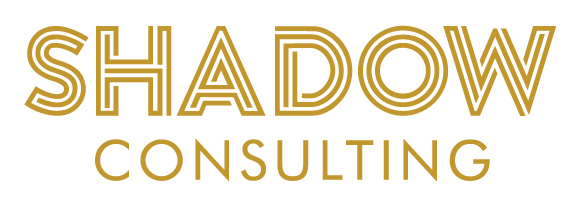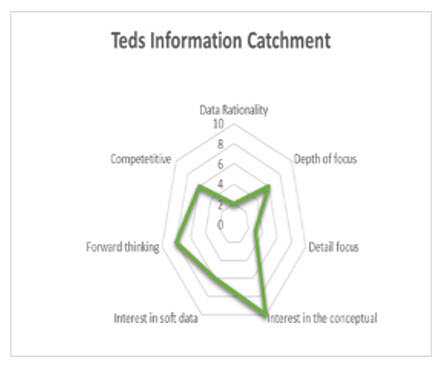In February of this year, I wrote my first ever blog. It focused on the need for business teams to possess, amongst their members, specific traits that enable successful vigilance across a broad and balanced array of information channels so as to identify curveballs early. (See Fig 1)
Fig 1
However, a broad and balanced information catchment is necessary yet insufficient. You can draw information from a variety of sources yet still not see the forest for the trees if you do not possess and leverage the relevant analytical and reasoning abilities. At this point it is relevant to draw a distinction between Analysis and Reasoning (see Table 1).
Table 1: Analytical and Reasoning skill required to minimise curveballs
Given the above, it is relevant to ask "what is the potential impact of the absence of these analytical skills and reasoning abilities?” (see Table 2)
Table 2: Impact of mental skill shortages on quality of outcomes
If we combine the above with a broad and balanced information catchment, a 5-stage model starts to emerge that outlines the mental aspects necessary for avoiding curveballs:
Context is everything.
Within an organisational context the relative relevance of the above components will pivot on variables including, but not limited to, strata and dynamism. In relation to the former, staff at the coalface conduct analysis and feed upward initial deductions to their manager who then applies critical and deductive reasoning skills to enhance and validate those deductions. These same managers then pass on their deductions to Senior Executives who then use critical and inductive reasoning skills to filter the deductions of those reporting to them and then make predictions about the future, before taking action.
With regard to the latter, in stable environments leveraging off precedent and known valid analysis sources, deductive reasoning takes on more importance. In contrast to this, dynamic environments leveraging information from a variety of yet to be validated sources will place greater import on critical and inductive reasoning.
Strewth! that was a tad heavy but I'm glad I wrote it as, at least, it helped me put some things into perspective. Okay, now that you have the downlow on analysis and reasoning and how it helps you anticipate/handle curveballs, how do you use this knowledge? Well, it helps you ask the right questions when we conduct our own critical analysis on the way to engaging inductive reasoning and, subsequently, successfully anticipating curveballs.
10 Key Questions:
Is the information that I am receiving coming from valid and reliable sources?
What variables have been correctly/incorrectly excluded in analysis that comes my way?
Do the people conducting the above analysis possess the relevant array of analytical skills?
What biases do the preliminary analysers bring with them (both conscious and unconscious)?
Has analysis come to me via an intermediary and what deductive reasoning skills does she/he offer?
What biases does the intermediary possess (both conscious and unconscious) when forming and delivering their deductions?
What are my own unconscious biases?
What are my own critical reasoning abilities?
How would I describe my own inductive reasoning ability (can I join the dots when there isn't enough dots)?
Given where my context sits on continuums for role strata and environmental dynamism, do I have access to the appropriate balance of deductive/inductive and critical reasoning abilities to handle/predict the types of curveballs that might be encountered?





